



is a holistic concept of plants, their life-related animals, chemical substances and physical factors of environment or biotopes, which create a recognizable enclosed entity (Begon, Harper and Townsend, 1997). The concept was introduced by Tansley (1935).
The forest is a complex system consisting of plants, animals and inanimate components (soil, rocks and minerals). It is strikingly distinguished by the predominance of woody plants, mainly trees. We distinguish coniferous forests, deciduous forests and mixed forests.
The forest grew in different places of our territory yet before the arrival of man. With his arrival, the area of forests began to shrink as they were cut and burnt, and on those places various crops were grown (e.g. grain) and cattle bred. Gradually, however, the need for nurturing forests arose and Forest Management Plans started to be made, which have been in use until these days, defining forest management and the care of it.
Unlike other ecosystems, the forest is characterized by the predominance of woody plants, trees that have a trunk, and shrubs, whose stem is also woody, but is branched from the ground. Forests are called according to the kind of wood that prevails there. If deciduous trees predominate, we talk about deciduous forests. If coniferous trees predominate, they are coniferous forests.
The most common deciduous forests in the Czech Republic are along the waters – alder groves – where alder (Alnus glutinosa) prevails.

Pic 121: Alder grove with the alder (Alnus glutinosa) in the canopy and the alpine grass (Carex brizoides) in the herbaceous layer
In lower elevations, sometimes considerably waterlogged, but more often drier, oak trees (common oak – Quercus robur and sessile oak – Quercus petraea) predominate – and here we talk about oak groves. In places with an admixture of scots pines (Pinus sylvestris), pine groves – separate forest cover, are formed. In higher elevations – common beeches (Fagus sylvatica) predominate at the foothills – we talk about beechwoods. Quite rarely, the beechwoods with an admixture of the European silver fir (Abies alba) were preserved in our countryside. The fir tree is a coniferous tree; beech is deciduous; so we talk about mixed forests.
In the mountains spruce groves naturally grow (the predominant species of the canopy is the European spruce – Picea abies) representing coniferous forests. Above the belt of natural spruce groves, the belt where the creeping pine (Pinus mugo) grows, follows.
In the shrub layer of forests we can find a number of shrubs (e.g. different species of the genus of Vaccinium), grasses, for example wavy hair-grass (Avenella flexuosa), wood sorrel (Oxalis acetosella) but also a number of moss and lichens, etc.
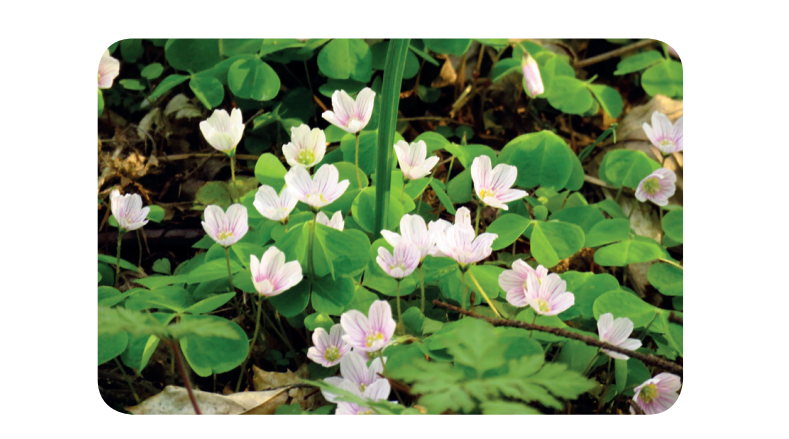
Pic 122: Wood sorrel (Oxalis acetosella)
A number of animals live in the forest, for example the red deer (Cervus elaphus), the European roe deer (Capreolus capreolus), the wild boar (Sus scrofa), the European badger (Meles meles), the red fox (Vulpes vulpes), the red squirrel (Sciurus vulgaris) but also a range of invertebrates, for example the red wood ant (Formica rufa).
Further a range of birds: the common chaffinch (Fringilla coelebs), the song thrush (Turdus philomelos), the black woodpecker (Dryocopus martius), the great spotted woodpecker (Dendrocopos major) etc.
Meadows were created by human contribution and therefore depend on his care. People mow the meadows, they usually harvest the mowed plants which are dried and used as fodder for cattle or they are processed in raw state into silage. Herbs prevail here unlike in the forest. Woody plants are not represented at all. According to the moisture level of the soil, we can divide them into wet and dry.
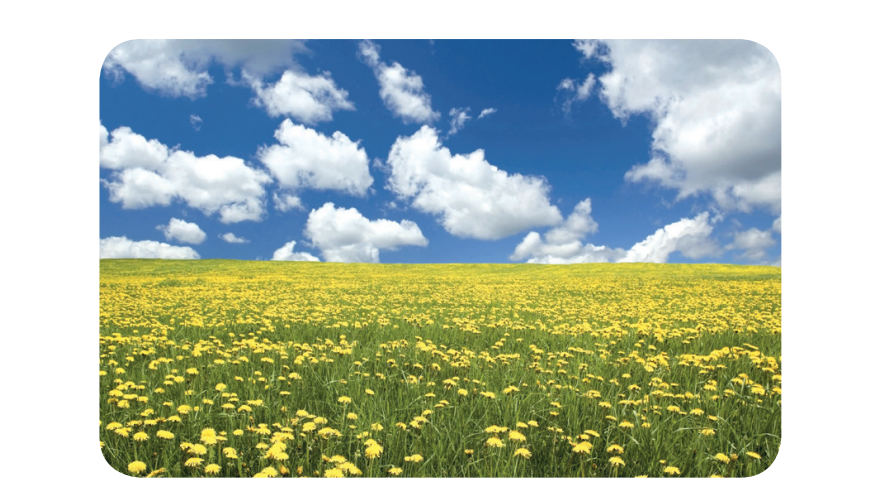
Pic 123:Flowering meadow
In the meadow monocotyledonous grasses grow:
| English name | Scientific name | Photo |
|---|---|---|
| false oat-grass | Arrhenatherum elatius |
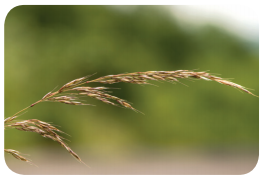 |
| meadow foxtail | Alopecurus pratensis |
 |
| timothy grass | Phleum pratense |
 |
| sweet vernal grass | Anthoxanthum odoratum |
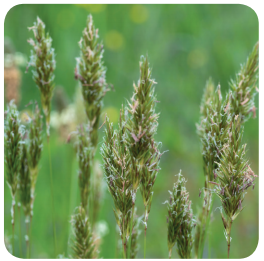 |
|
cock's-foot |
Dactylis glomerata |
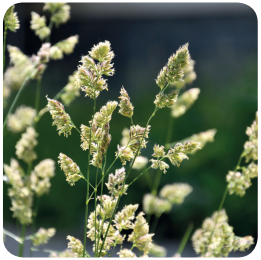 |
accompanied by a number of dicotyledonous plants:
| English name | Scientific name | Photo |
|---|---|---|
| meadow buttercup |
Ranunculus acris | 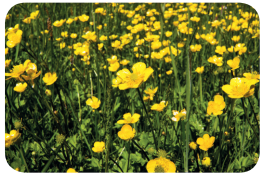 |
| marguerite | Leucanthemum albus |  |
| cynosurus crested |
Cynosurus cristatus |
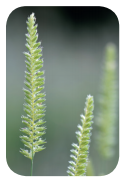 |
| Ragged-Robin | Lychnis flos-cuculi |  |
| spreading bellflower | Campanulla patula |  |
| globeflower | Trolius altissimus |  |
In the meadow, in addition to plants, there are a number of invertebrate animals, insects, butterflies, etc. at home.
If cattle graze on the meadow, a pasture is formed from the meadow. In places where the animals lie and drink, due to an increased disruption of the vegetation, damage of the continuous vegetative cover occurs. In those areas nutrient-intensive vegetable species often grow but the cattle do not feed on them, for example the common nettle (Urtica dioica), the bitter dock (Rumex obtusifolius) or the bull thistle (Cirsium vulgare).
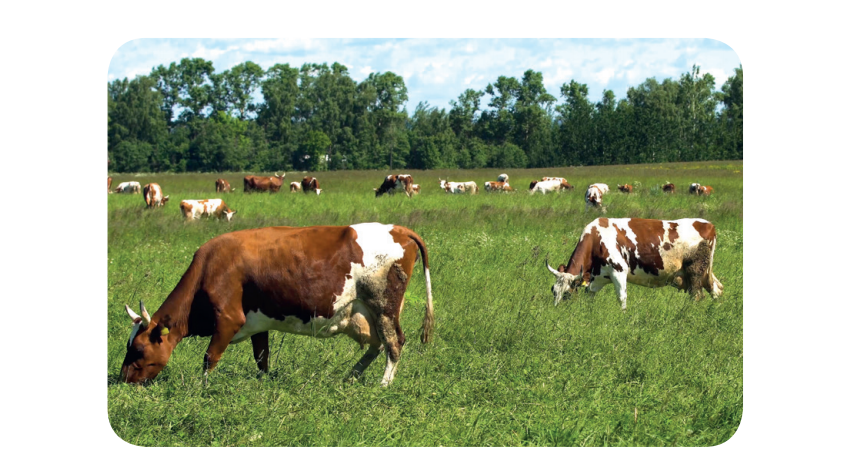
Pic 124: Pasture with cattle
Human settlements can be divided, according to the size and manner of human activities, in villages and towns. Towns are larger and usually there are different types of housing development alternating, the historical centre, and areas of block of flats, villas, industrial and commercial zones. Nowadays, the difference between the town and the village fades away, the human activities are very similar, yet we can find some differences. In villages people often keep small domestic animals (poultry, rabbits, etc.). In these areas, the substrate is disturbed by the influence of these breeding but at the same time the nutrients that are formed by the decomposition of the excrements enrich it. Also, free areas in villages are, unlike in towns, mostly unpaved, making it easier for the rainfall to absorb in the soil, whereas in the city, it usually goes to drains due to paved areas, and the urban greenery suffers from water scarcity. Some lawns in larger towns are therefore artificially irrigated.

Pic 125: Lawn in the settlements with the predominance of the common daisy (Bellis perennis) and the field wood-rush (Luzula campestris)
Certain species of flora and fauna are bound to human settlements, e.g. the perennial ryegrass (Lolium perenne) – grass that tolerates trampling well or the house sparrow (Passer domesticus) which is happy to feed on the leftovers discarded outside. Also pheasants and hares willingly move closer to suburban zones because there is better accessibility to food.
In places that are left to spontaneous development for several years, the woody plants bound to human presence start to grow – e.g. the elder (Sambucus niger), the silver birch (Betula pendula), the aspen (Populus tremula) or the goat willow (Salix caprea).
As there is no sea with salt water in the territory of the Czech Republic, all water is fresh. For the life of plants it is essential whether these waters are stagnant (ponds, water reservoirs, dams) or flowing (streams, rivers). In flowing waters the present organisms must be adapted to the activity of water flow.
The shores of these water areas are often covered with willows, the herbs are often reed (consisting of the common reed – Phragmites australis, the broadleaf cattail – Typha latifolia or the reed canary grass – Phalaris arundinacea). Plants growing directly in the water (e.g. the pondweed – Potamogeton, the parrot‘s-feather – Myriophyllum) are of great importance to these areas. They drain nutrients from the water and thus they are involved in their cleaning.
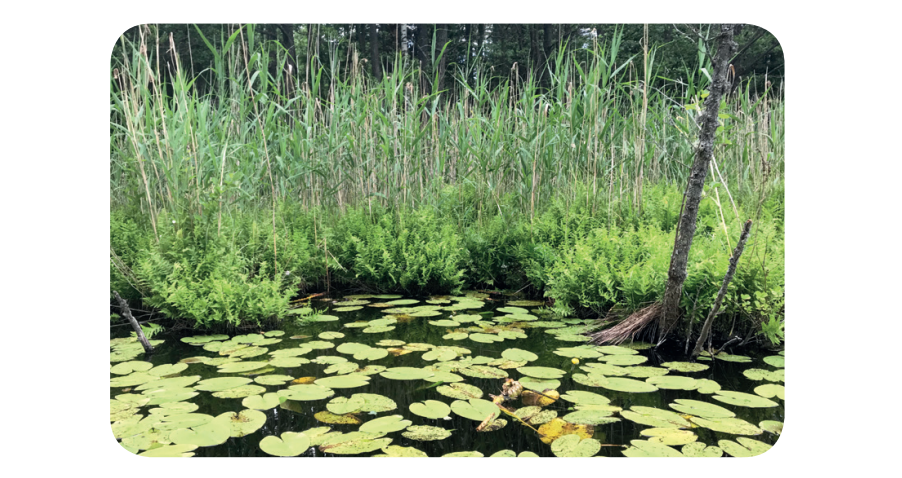
Pic 126: Pond with the broadleaf cattail – Typha latifolia and the common reed – Phragmites australis behind it in the littoral zone, blooming yellow water-lilies (Nuphar lutea) growing in the water and white blooming arrowheads (Saggitaria saggitifolia)
Many animals are bound to the wetland ecosystems, such as crayfish, amphibians: frogs (the common toad – Bufo Bufo, the common frogs), newts, odonata, dragonflies, but also a number of water birds: the mallard (Anas platyrhynchos), the mute swan (Cygnus olor) and of course fish (carp, trout, perch, pike, etc.).
Peat bogs are a special case of wetland ecosystems. They are places with specific conditions for plant growth. They are often covered with various types of moss, more precisely peat moss, which retain water in their cells and during their entire life die at the bottom and grow at the top. Beneath them, decomposition of organic matter without air access takes place – pedogenesis, which creates peat. Mosses drain most of the nutrients of these oligotrophic soils, and therefore there are also carnivorous plants that are able to gain nutrients by dissolving chitin from small crustacean and insect bodies.
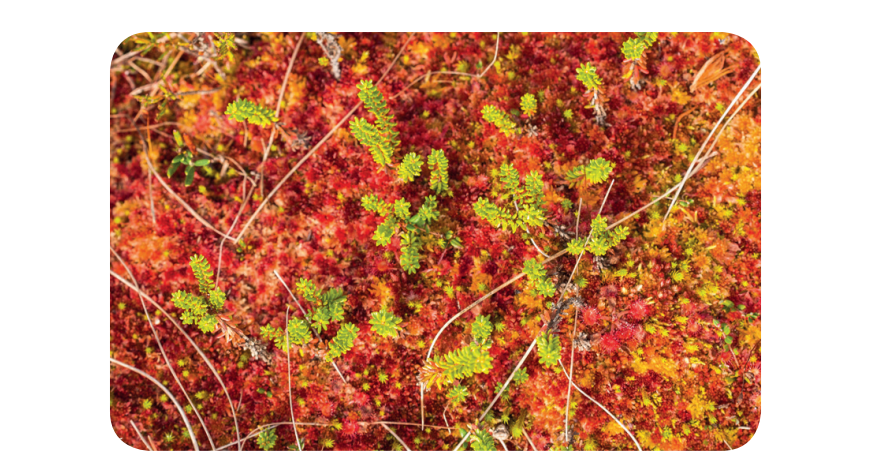
Pic 127: The round-leaved sundew (Drosera rotundifolia) with sticky glandular hairs (tentacles) and the bog cranberry (Oxycoccus palustris) in the peat bog